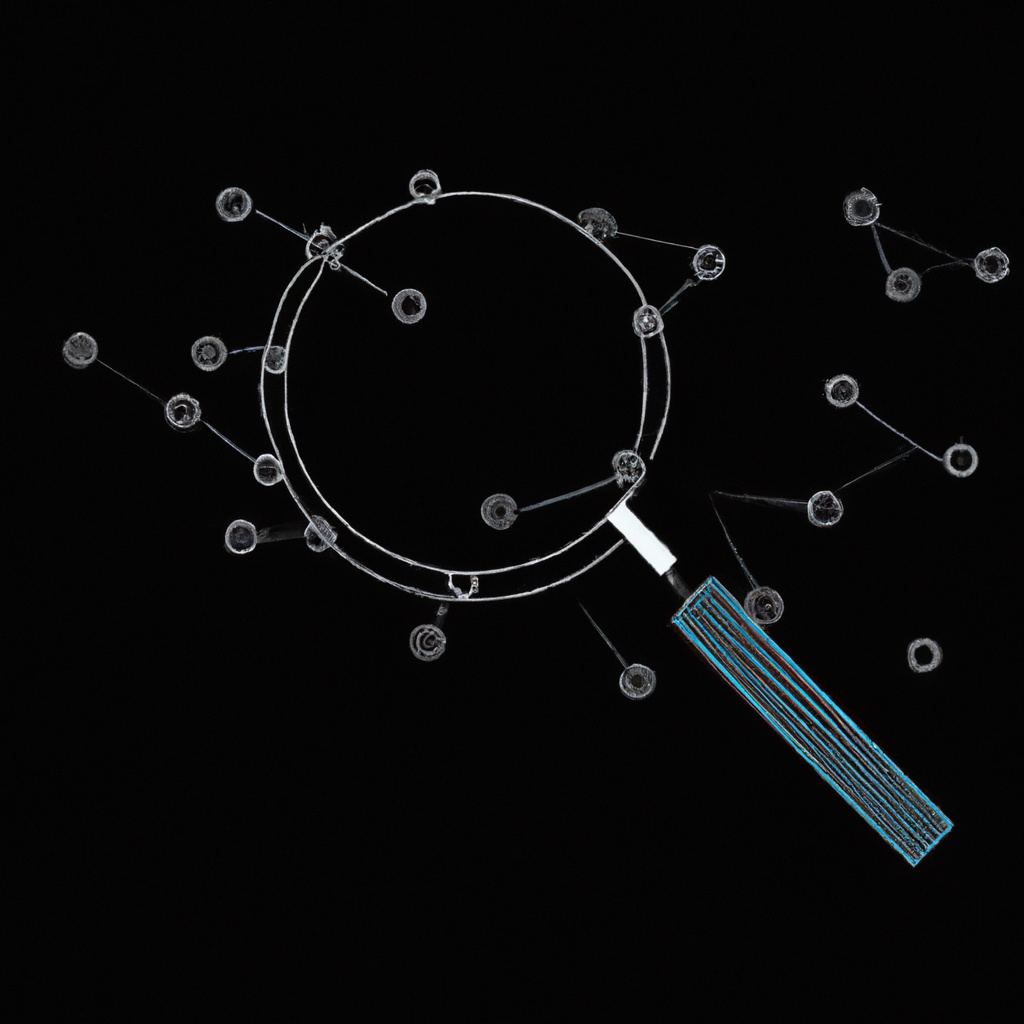Labs
Design Research
Design research is a vital process that informs user-centered designs, providing insights for informed decision-making and successful outcomes.

In this article, we will explore the world of Design Research and how it plays a crucial role in shaping innovative and transformative projects. Join us as we dive into the process and benefits of this integral part of any successful endeavor.
Where did Design Research come from?
Design research, also known as user research or user-centered design, is a method that helps inform and guide the design process in various industries. It originated from the fields of architecture and industrial design but has since expanded its applications to other sectors such as technology and product development. The aim of design research is to understand users' needs, preferences, and behaviors through qualitative methods like interviews, observations, and workshops. This valuable insight allows innovators to create products or services that truly meet users' expectations and improve their overall experience.
What are the key concepts?
Some of the key concepts involved in Design Research include:
- Design research is a process of gathering insights to inform the design and development of products, services, or experiences.
- It involves conducting interviews, observations, and surveys to understand user needs and preferences.
- Design research helps uncover opportunities for innovation by identifying pain points, desires, and latent needs.
- It can be qualitative or quantitative in nature, depending on the goals of the project.
- The findings from design research are used to drive decision-making and shape the direction of a project.
What's the process?
Design Research is a crucial step in any innovation or transformation project. It involves a series of activities to understand end users and their needs, gather insights, and generate ideas for solutions. The typical process starts with defining research objectives and questions, followed by conducting interviews, surveys, or observational studies to collect data. This data is then analyzed to identify patterns and themes that can inform the design process. Design researchers also engage in prototyping and testing to validate their ideas with users, iterating on designs based on feedback received. This iterative approach ensures that the final solution meets user needs effectively.
What outcomes can you expect?
Some of the outcomes you can expect from working with Design Research are:
- Gain deep insights into user needs, motivations, and behaviors to inform design decisions.
- Identify opportunities for innovation and areas of improvement in products or services.
- Increase the chances of creating successful and well-received solutions by understanding user preferences.
- Reduce the risk of designing products or services that do not meet user expectations.
- Foster collaboration and empathy within teams by involving stakeholders in the research process.
Are there any debates or criticisms to be aware of?
- Design research can be time-consuming and expensive, leading to debates about its ROI and practicality in fast-paced industries.
- There is a debate around the reliability of design research findings due to the subjective nature of data interpretation.
- Critics argue that relying solely on design research may neglect other important factors, such as market trends or technological constraints.
- Some professionals question whether design research truly leads to innovative outcomes or if it merely reinforces existing ideas and biases.
- The use of design research raises concerns about privacy and ethical considerations when gathering information from users without their explicit consent.
Conclusion
Design research is a powerful tool that unlocks the potential for innovation and transformation projects. By understanding user needs and preferences, designers can create products and services that truly meet customer expectations. While there are challenges and debates surrounding design research, its systematic approach empowers designers to make informed decisions for optimal outcomes. Embracing design research can lead to groundbreaking solutions that drive success in today's rapidly changing industries.
TLDR;
- Design research is a crucial part of innovation and transformation projects, helping to understand user needs and preferences.
- It offers insights that inform the design of products, services, and experiences, leading to more successful outcomes.
- Benefits include improved customer satisfaction, reduced risk of failure, increased competitiveness, and enhanced brand reputation.
- However, challenges may arise due to limited resources or time constraints in conducting comprehensive design research.
- Engaging with diverse user groups ensures more representative findings and avoids biases in the final solution.
